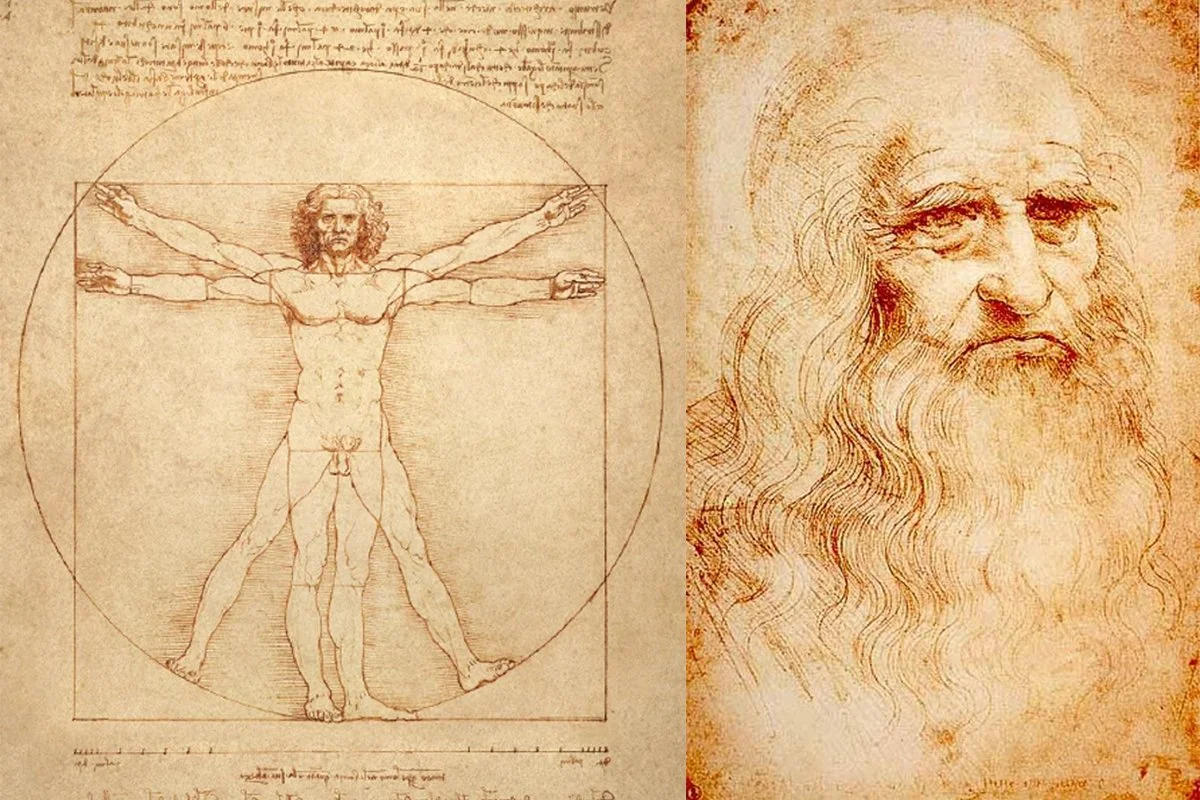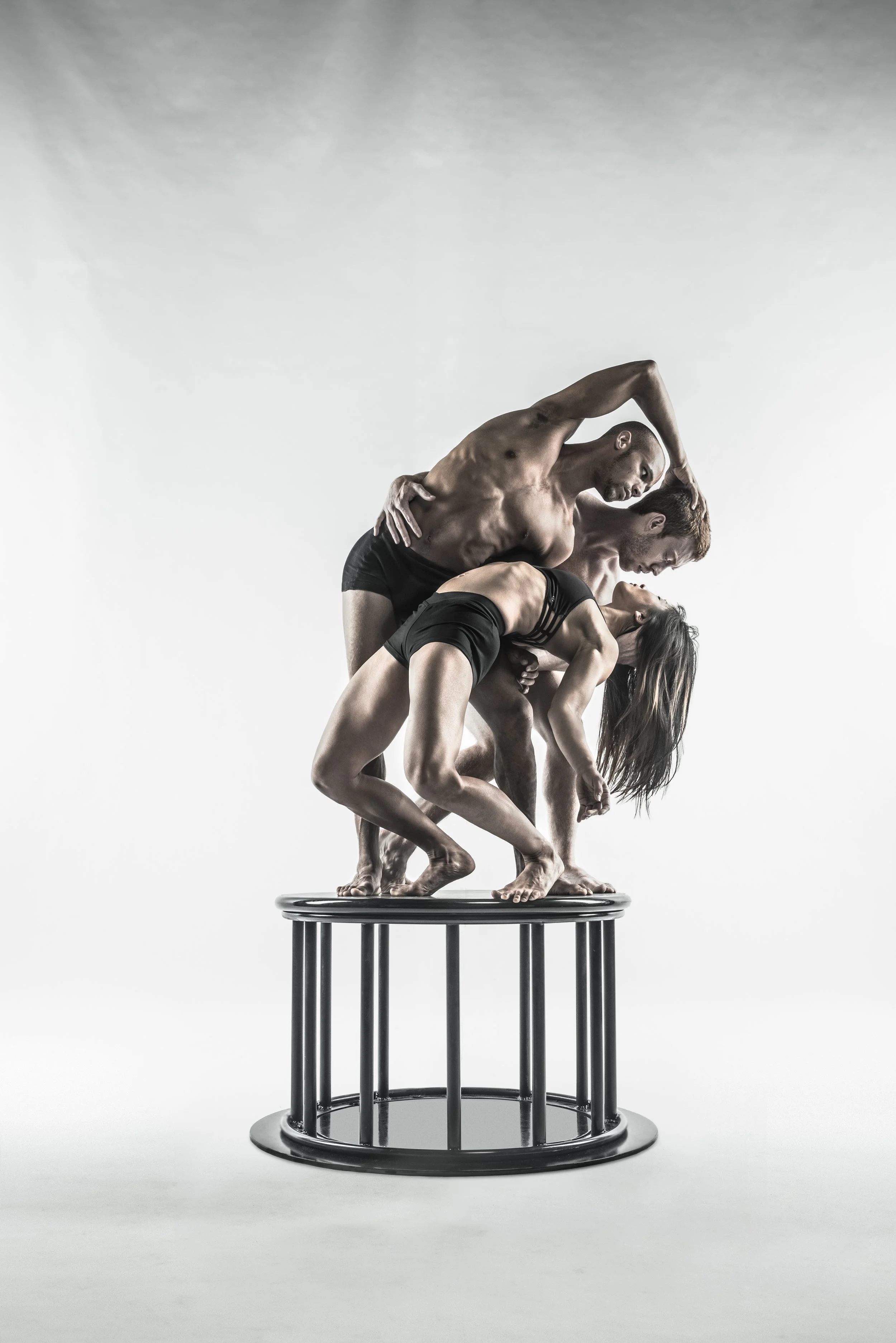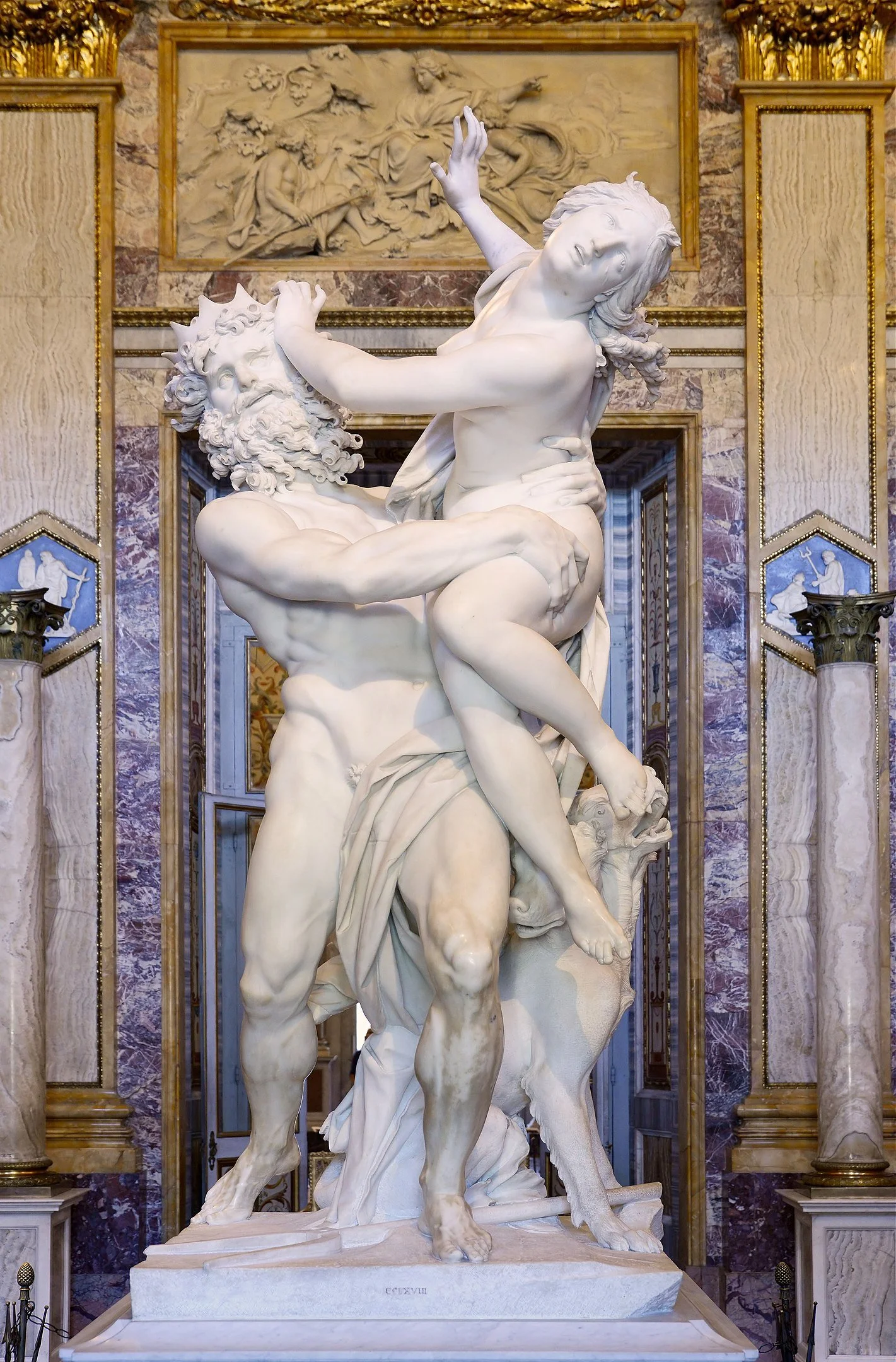Created by Robby Barnett, Renée Jaworski, Matt Kent, and Itamar Kubovy in collaboration with Shawn Fitzgerald Ahern, Benjamin Coalter, Matt Del Rosario, Eriko Jimbo, Jordan Kriston, Jun Kuribayashi, Derion Loman, Nile Russell, and Mike Tyus
Music:Vivaldi; Michelle DiBucci and Edward Bilous; Mezzo Soprano, Clare McNamara; Violin Solo, Krystof Witek, Lighting and Set Design:Neil Peter Jampolis
On The Nature Of Things was commissioned by The Dau Family Foundation in honor of Elizabeth Hoffman and David Mechlin; Treacy and Darcy Beyer; The American Dance Festival with support from the SHS Foundation and the Charles L. and Stephanie Reinhart Fund; and the National Endowment for the Arts.
About On the Nature of Things
The thematic richness of On the Nature of Things draws from a tapestry of intellectual, historical, and artistic sources, specifically the philosophies and works of Da Vinci, Milton, Vivaldi, and Stravinsky.
And it all started with an interactive show for children - called Rules @ Play.
“Art lives in constraint and dies in freedom.”
Inspiration
The thesis of Rules @ Play comes from the Leonardo DaVinci Quote “Art lives in constraint and dies in Freedom.” or to put it another way, Rules sound like a drag but they can be the key to creative freedom. Think of the rules of the sonata form, or a sonnet, or even the three basic chords of rock and roll.
Stravinsky was big on constraints as well. Two of his most famous quotes on the subject is:
"The more constraints one imposes, the more one frees one's self. And the arbitrariness of the constraint serves only to obtain precision of execution."
And "My freedom will be so much the greater and more meaningful the more narrowly I limit my field of action and the more I surround myself with obstacles."
Stravinsky believed that limitations, whether they are rules foster creativity rather than stifle it. By working within a set of constraints, the artist is forced to think more deeply, to reconsider the basics, and to be innovative in ways that might not occur with unlimited options.
For Stravinsky, the discipline of form was liberating rather than restricting, providing a framework within which his creativity could thrive.
The Story & Choreography
One of the profound mysteries of creating a Pilobolus work is how narrative emerges from improvisation. As the original dancers mined material through improvisation, themes emerged. And our job is to cultivate and clarify emergent themes into a narrative and emotional journey that hooks our audience. We began to see our dancers as Greek statues wrestling with each other and their attraction and conflict in this small space.
The thematic elements in Milton's "Paradise Lost," particularly the relationship between free will, manipulation, and divine destiny, mirror the journey of the characters in On The Nature of Things.
Most Pilobolus pieces require an intense amount of strength, grace, and trust for the partnering to work. Putting the dancers on a raised platform intensifies these demands. Pilobolus dancers look like Greek statues. And we found ourselves in a delightfully productive positive feedback loop, comparing well known sculptures and the choreography we were developing.
We became obsessed with Contrapposto (Italian pronunciation: [kontrapˈposto]).
An Italian term that means "counterpoise". Standing with most of a dancer’s weight on one foot, their shoulders and arms twist off-axis from the hips and legs in the axial plane.
But Contraposto isn’t just a pose, it reveals the subject's psychological disposition, a crucial development in the history of Ancient Greek art. It fell out of use in the Middle Ages, and was later revived during the Renaissance. Michelangelo's statue of David, one of the most iconic sculptures in the world, is a famous example of contrapposto.
Another is Laocoon and his Sons also known as The Laocoön Group which has been called "the prototypical icon of human agony."
The Rape of Persophone (pictured above) could be a Pilobolean lift in On The Nature Of Things. And the men’s duet section is from the ancient tradition of Pankration, the tradition of wrestling from ancient Greece, similar to mixed martial arts today. It was both aggressive and technically demanding, mirroring the complex dynamics both emotionally and in the physical technique of the dancers.
The ancient Greeks saw Pankration not just as a demonstration of strength and skill but as an embodiment of human endeavor and the Greek ideals of physical beauty and heroic struggle.
The Music
Our collaborator, Edward Billous and Michelle Debucci created the music for On The Nature Of Things. They adapted Vivaldi, His music, especially known for its formal structures, serves as an analogy to your work. Within the rigid forms of Baroque music, Vivaldi managed to convey a wide range of human emotions, as the performers do within the confines of the plinth.
Using an amazing ensemble Ed and Michelle composed a score using Baroque instrumentation. Over the constant of ostinato themes of Vivaldi are explored and developed. In the opening phrases you can hear the echo of Stravinsky’s technique of creating a tapestry by fragmenting a theme over several instruments.
The score is a gem that is classical and timeless but so alive and fresh, sacred and primeval.
Lyrics:
On The Nature Of Things music by Ed Bilous and Michelle DiBucci
[ Latin]:
Cum dederit dilectis suis somnum
Cum dederit dilectis suis somnum;
Ecce haereditas Domini, filii:
Merces, fructus ventris
[ English Translation]:
When he has given sleep
To those he loves
Behold, children are an inheritance
Of the Lord
A reward, the fruit of the womb
----
Cum Dederit is taken from a section of Psalm 127 (Verses 2 – 3) in the bible. It is a Latin translation from the original Hebrew.
All these references enrich the narrative and give it layers that can resonate differently depending on one's own cultural and intellectual touchstones. It's a compelling exploration of the human condition, grounded in both the past and the present, demonstrating that even within the most stringent constraints, the human spirit strives for expression and understanding







